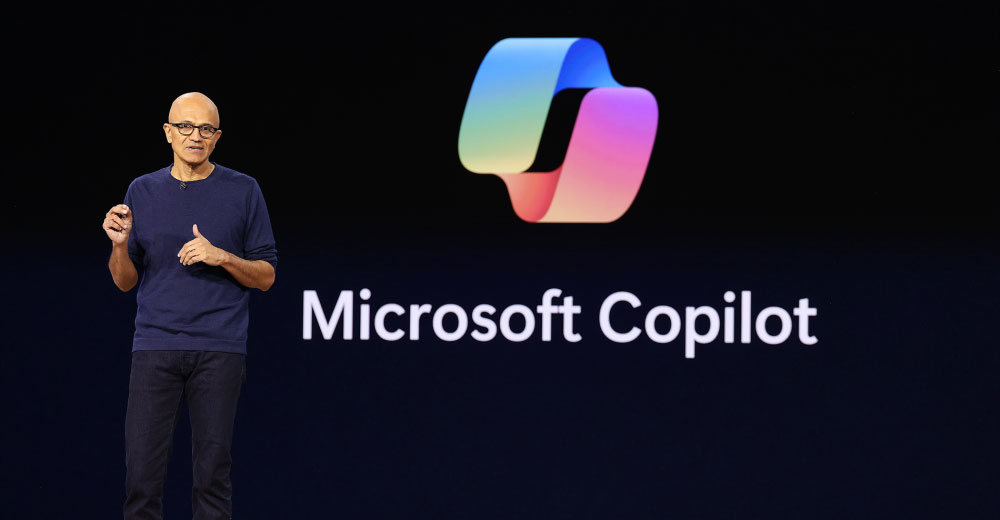
Achieving real-time visibility into an organization’s financial status means making key information not only current but transparent for the executives who need it to make decisions.
Business intelligence and enterprise resource planning (ERP) systems help accomplish that, but an increasing number of companies are moving to electronic invoicing as the next step in reaching the levels of visibility they seek.
Eliminating paper invoices from the accounts payable process does more than just increase efficiency and accuracy. It also opens up that process so that the organization can assess comprehensively — at any point in time — its cash flow and liabilities to its suppliers.
Looking Back
E-invoicing itself is not new, although the technology has advanced tremendously since the advent of EDI (electronic data interchange) systems a quarter-century ago.
EDI proved its worth among select groups of trading partners that do a lot of business with each other, and served to validate the business benefits of e-invoicing. As a result, an increasing number of companies are moving to e-invoicing with solutions that offer more flexibility and versatility than EDI’s rigid data formats — and at a lower cost per invoice.
Only about one out of six invoices in the United States and one out of seven internationally are currently electronic, according to recent research from the Aberdeen Group.
An Efficient Process
Referring to paper invoices as a “stubbornly entrenched” part of the process, Vance Checketts, vice president of global supply management research for the firm, notes that as a result, critical information is not collected, data is poorly organized, and systems are not well-integrated.
Achieving the efficiencies of e-invoicing — among them financial visibility, reduced invoice cycle time, increased on-time payments, improved cash flow management and accounts payable staffing reductions — does require some degree of invoice standardization. The buying company needs its invoice data delivered in a certain way.
This need for standardization, so important to the buying company’s accounts payable functions, can become a hurdle for its suppliers. If they must change the way they do business in order to comply with their customer’s preferences, it may result in a certain degree of resistance.
Third-Party Groups
The latest step in the evolution of e-invoicing is the emergence of third-party clearinghouses or service bureaus, which allow suppliers to submit their invoices in any electronic format, yet have the customer company receive them in the precise format that it desires.
These third-party e-invoicing providers handle the complex mapping of the invoice data, in effect automatically translating the submitted invoice into the buying company’s desired format.
As systems such as these facilitate the adoption of e-invoicing initiatives, they allow the organizations using them an end-to-end view of the accounts payable process. At any given time, they can assess their liabilities and know what invoices are in process and where any process bottlenecks may be occurring.
E-invoicing also creates an electronic audit trail, which speeds up dispute resolution and makes auditing less cumbersome and expensive. Tracking Sarbanes-Oxley compliance, or VAT (value-added tax) accounting in the case of international organizations, is also enhanced, with data always up-to-date.
Assessing the business impact of paper invoices and labor-intensive accounts payable processes, the Aberdeen Group noted these issues, which e-invoicing can serve to overcome:
- Poor visibility into payables data;
- Lack of an audit trail;
- Limited expense-tracking and Sarbanes-Oxley compliance;
- Overpayments to suppliers and loss of cash discounts;
- Delays in posting expenses; and
- Tax calculation errors.
Lost Opportunities
Poor visibility into the accounts payable process results in a number of lost opportunities. It makes it more difficult for an organization to measure the performance of its suppliers, capture any early payment discounts that may be available and assure that it is continuing to receive the agreed-upon contract pricing with suppliers.
Conversely, with real-time visibility into accounts payable data, an organization can improve its negotiation leverage with specific suppliers, prevent overcharges and duplicate payments, and capture volume discounts and rebates where possible. Most importantly, the visibility enables the company to control its cash flow. It may take advantage of an early payment discount or choose not to, based on its awareness of its cash position.
Implementing E-Invoicing
When a company deploys an e-invoicing solution, the idea is to enable straight-through processing, untouched by human hands and free of the need to rekey any information. Invoices feed directly into an ERP system or automated workflow system. That system determines the appropriate routing of the invoice so it can be coded and approved by the person who received the goods or services. This automated step removes accounts payable staff interaction from the picture.
Exception-handling workflows are also automatically applied for any problems that arise with a transaction, routing the e-invoice and ERP transaction information appropriately, based on the exception issue.
By combining e-invoicing and business process automation technologies, an organization can apply business and application logic to leverage best practices. This includes the ability to evaluate invoice terms against supplier contract terms to determine priority. It also enables auto-coding of invoices based on project, organization, or contact information, and assistance with proper purchase order line matching if purchase order line numbers are not supplied.
As organizations implement e-invoicing, they reap significant benefits. Processing costs fall by up to half, the accounts payable department takes a more active role in leveraging the organization’s cash management, and the visibility of the process is vastly improved for both the department and for upper management.
A Safer Method
The benefits are not limited to buying companies. Supplier companies typically see their invoices paid more quickly, with fewer errors. Because the invoices arrive instantly and exactly as suppliers submit them, there is no danger of an invoice being lost in the mail or of an accounts payable clerk making a data entry error resulting in an incorrect payment. If there are problems with an invoice, they can be spotted quickly and resolved between the buying company and its supplier.
The supplier element is critical, because for a buying organization to really benefit from e-invoicing, it must achieve a certain critical mass of participation among suppliers. This is where e-invoicing systems with flexible submission capabilities have an edge by making it easy for suppliers to comply. Typically, an e-invoicing network can eliminate up to 80 percent of a company’s paper invoices within two years of implementation.
Thayer Stewart is vice president of Americas business development and marketing for OB10, a global electronic invoicing solution provider.











































